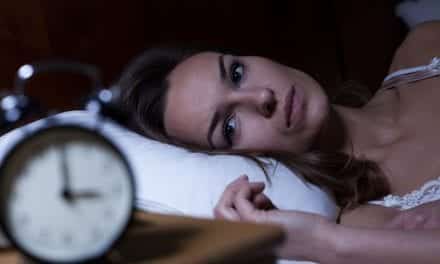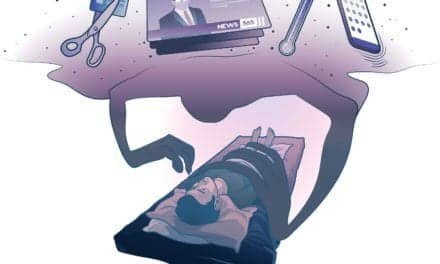While women report disrupted sleep more often than men, the reason for this difference in sleep patterns has eluded researchers for decades. A new study by University of Maryland School of Medicine investigators shows that sex differences in sleep patterns are directed by early life programing events involving the action of sex steroids on the developing brain. The research could eventually lead to more effective treatments for sleep disorders among women.
Jessica A. Mong, PhD, associate professor of pharmacology, and her colleagues found in rats that estradiol, the major sex hormone secreted by ovaries, affects sleep patterns in adult females but not significantly in males, and that estradiol begins organizing sleep-controlling pathways in the brain during early development. Their study appears in the January 2014 issue of Endocrinology.
“Men and women sleep differently, but the reasons for these sex differences are unknown,” Mong says in a release. “Fifty-three percent of women between 30 and 60 years of age report sleep disruptions, and the fact that these disruptions occur more often during puberty, certain phases of the menstrual cycle, pregnancy, and menopause, points to a strong role that sex hormones play. Our study shows that sex differences in the programing of key parts of the brain that regulate sleep occur during development and that these differences, indeed, set the stage for the hormone estradiol—from the time of puberty—to influence sleep patterns among women by acting on the organized neural sleep circuits.”
The researchers first analyzed sleep behavior among male and female rats that had their sexual organs surgically removed. Injections with estradiol produced significantly more wakefulness and fewer sleep patterns among adult female rats, compared to males. The group’s studies of female rats during puberty showed that hormone-induced patterns occur in early stages of development, and exposure of female rats to the male hormone testosterone during the period of early life programing resulted in structural brain changes and sleep pattern similar to males.
Levels of the hormone change significantly during puberty, during certain menstrual cycle phases, and in menopause. Mong’s research showed that estradiol helps organize a key area of the brain responsible for regulating sleep. This area, called the ventrolateral preoptic area, lies in the brain’s hypothalamus and determines wakefulness and the body’s two main types of sleep: rapid eye movement (REM) and non-REM sleep. Increased levels of estradiol stimulated more wakefulness at the expense of REM and non-REM sleep. These changes were seen only in females. Male rats exposed to estradiol did not experience the degree of sleep changes seen in females.
“Most sleep disorder treatments are based on an incorrect assumption that both women’s and men’s sleep is controlled the same way,” says Dean E. Albert Reece, MD, PhD, MBA, vice president for Medical Affairs at the University of Maryland and the John Z. and Akiko K. Bowers distinguished professor and dean of the School of Medicine. “Although we still need to determine exactly how estradiol is able to impact the construction of sleep-regulating areas of the brain, demonstrating the differential role played by estradiol in early development will help researchers develop new treatments that can use these differences to design more effective sleep disorder therapies.”




